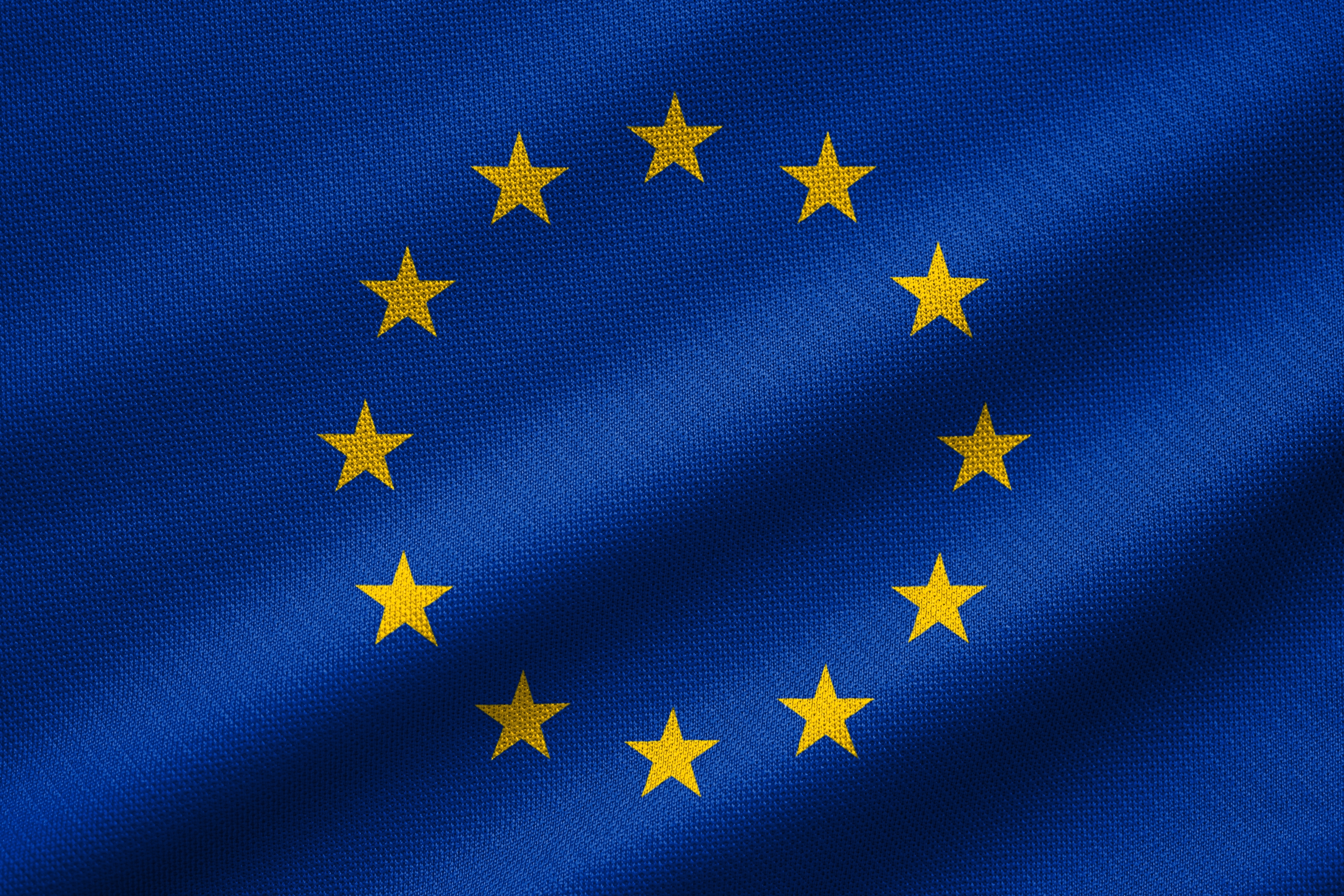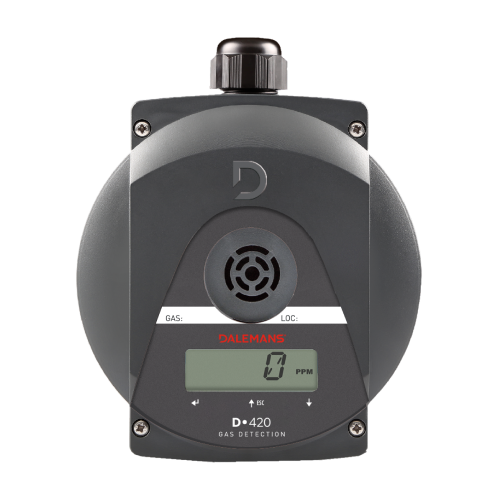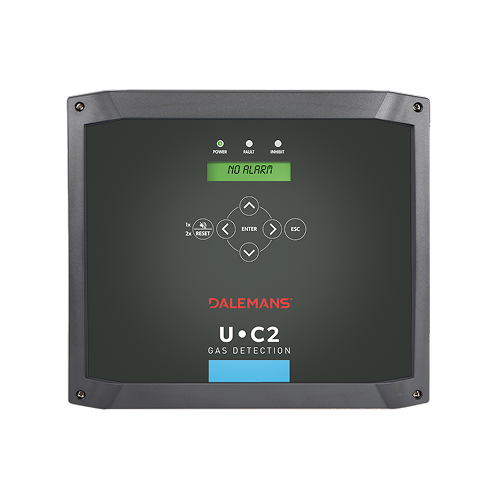Detection of freon gases : environmental challenges and Dalemans solutions
Detection of Freon gases is essential in the food refrigeration sector. Leaks lead to high costs and environmental impact. Discover how Dalemans helps you prevent these risks with its innovative solutions that comply with European standards.
Freon gas detection : a major issue for the environment and retailers
Freon gases, widely used in refrigeration systems (supermarkets, cold rooms, industrial air conditioning), are now at the heart of a critical issue : their emissions contribute significantly to global warming.
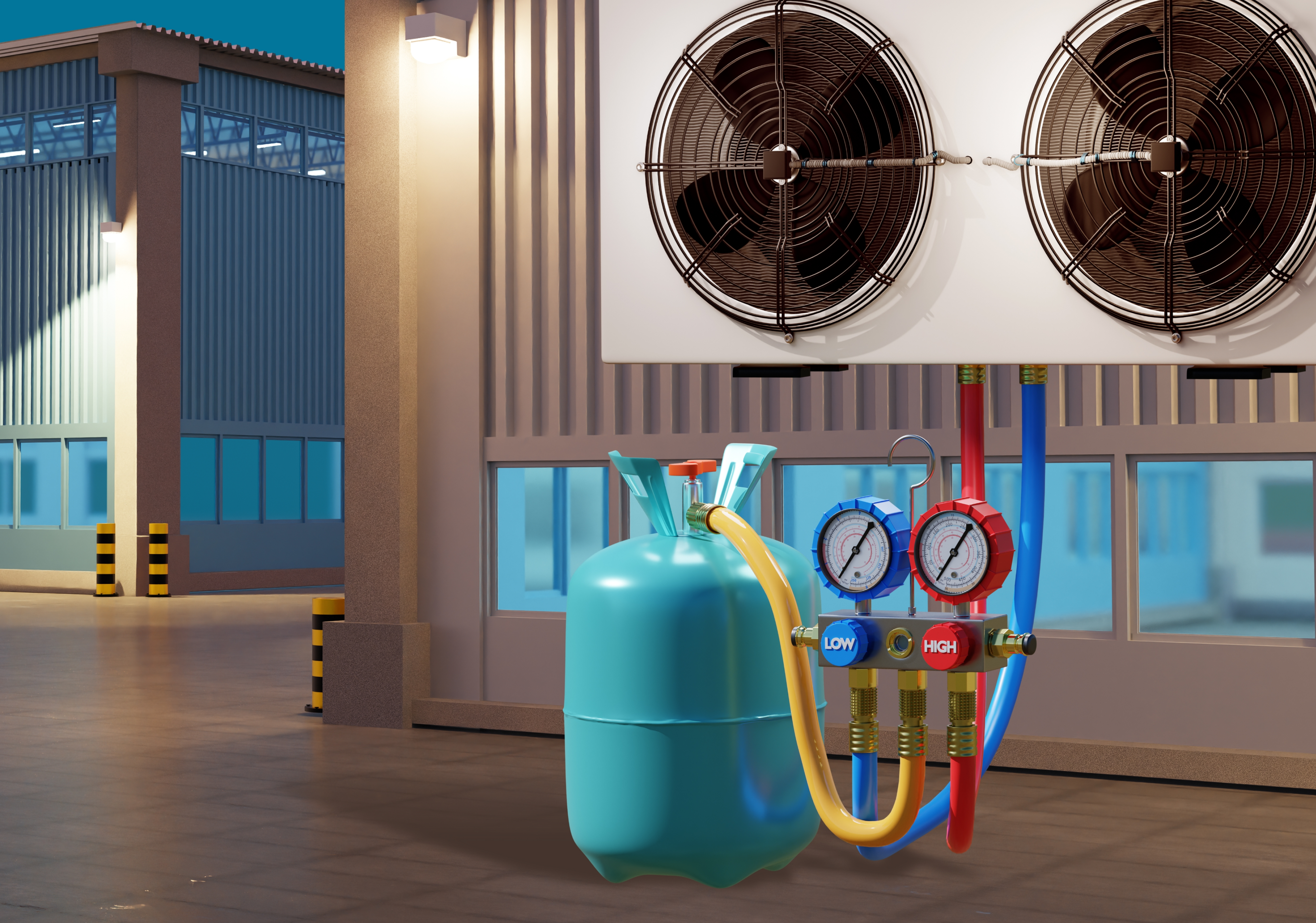

As the European Union plans for their gradual phase-out by 2030 (F-Gas Regulation – EU 2024/573), monitoring and detection of these gases are becoming strategic priorities for major food retailers like Carrefour, Delhaize, and Colruyt.
Refrigerant gas leak detection : why it matters
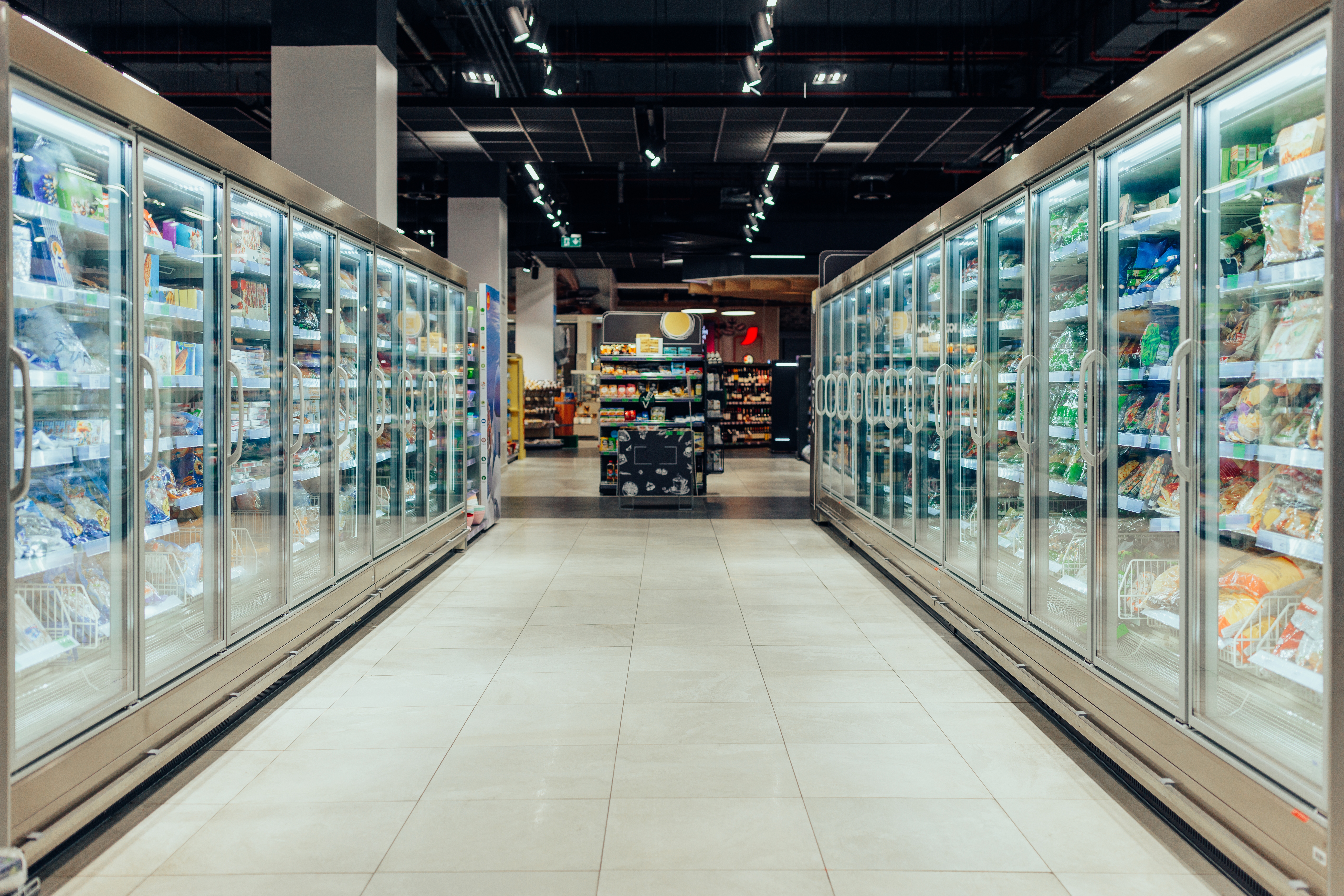
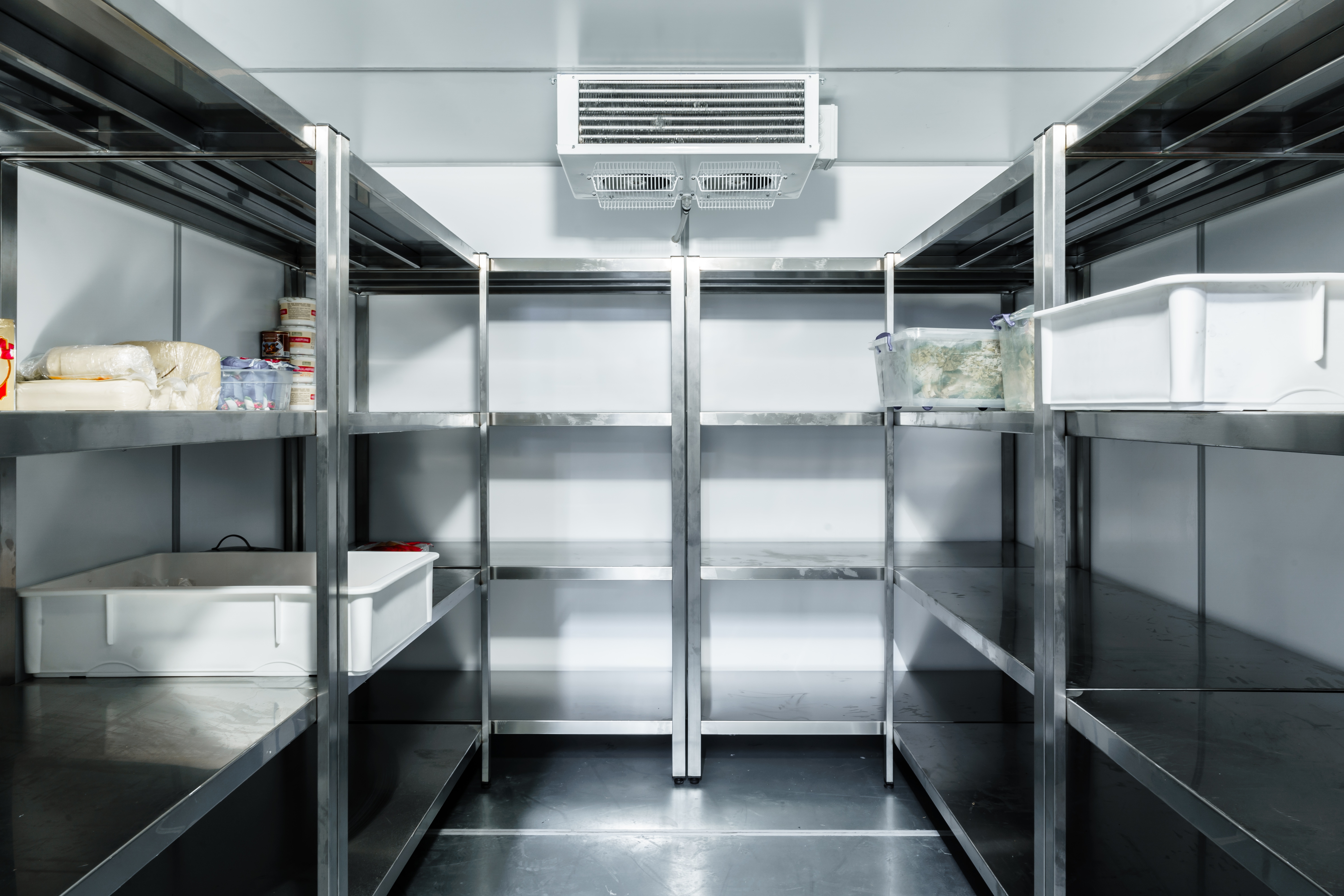
Freons belong to the HFC (hydrofluorocarbon) family.
- They are efficient for cooling. However, their global warming potential (GWP) can be up to 1,000 to 3,000 times higher than CO₂ according to the European Environment Agency [EEA/EPA, 2024],
- In case of a leak, they contribute massively to the greenhouse effect,
- Each kilogram of lost Freon gas represents not only a major environmental impact but also a direct cost for the operator (gas refilling, maintenance, energy losses).
Concrete example : a supermarket losing 10% of its refrigerant gas per year may see its costs skyrocket while also facing regulatory penalties.
European legislation : the end of freons
The EU has set a strict timeline :
- 2025 : significant reduction of HFC market quotas (producers may only sell 60% of the 2011-2013 average volume) + first targeted bans (e.g., equipment containing high GWP gases ≥150),
- 2027 : progressive ban on certain products (e.g., standalone AC systems and monobloc heat pumps ≤12 kW with GWP ≥150),
- 2030 : quotas reduced to about 23% of reference level + extension of bans (split systems, medium-voltage equipment, etc.),
- 2050 : total HFC phase-out (removal of quotas and end of EU market sales).
Note : under certain conditions, installing leak detection allows for seal integrity checks at half the usual frequency, generating significant savings for operators (see Article 5, paragraph 6 of F-Gas Regulation 2024/573/EU).
For refrigeration stakeholders, anticipating this transition is vital !
Towards a new generation of refrigerants
The announced end of Freons paves the way for alternative gases :
- CO₂ : climate-neutral but high-pressure
- NH₃ (ammonia) : very efficient but toxic
- R290 (propane) : climate-friendly but flammable
These new gases also require enhanced monitoring to ensure safety and compliance.
How to prevent freon leaks ?
The best approach remains early and continuous detection.
- 24/7 monitoring of premises and cold rooms
- Immediate alert in case of a leak
- Reduced costs related to gas refilling
- Regulatory compliance and environmental standard adherence
Solutions for supermarkets and cold rooms
Dalemans Freon gas detection solutions help secure your facilities and comply with regulations.
D•420 Detector
A versatile detector for Freons and other gases (CO₂, NH₃, O₂, etc.).
- Electrochemical, semiconductor, or infrared technology
- 4..20 mA output compatible with most systems
- LCD display for clear readings
- Robust IP65 enclosure suitable for demanding environments
Ideal for precise and reliable detection in cold rooms, technical rooms, or storage areas.
U•C2 Control Unit
A complete supervision system.
- Up to 2 detector inputs
- 4 configurable relays (alarms, ventilation, safety)
- Dynamic status monitoring and maintenance
- Modbus TCP communication via Ethernet
- Intuitive LCD interface
The U•C2 enables centralized risk management and traceability in compliance with European standards.
Tell us about your project
Do you have a project or specific need in gas detection ? Leave your details and a Dalemans expert will contact you.
Why choose Dalemans ?
Dalemans, a Belgian expert in gas detection for over 40 years, supports industrial and retail clients in safety and performance compliance.
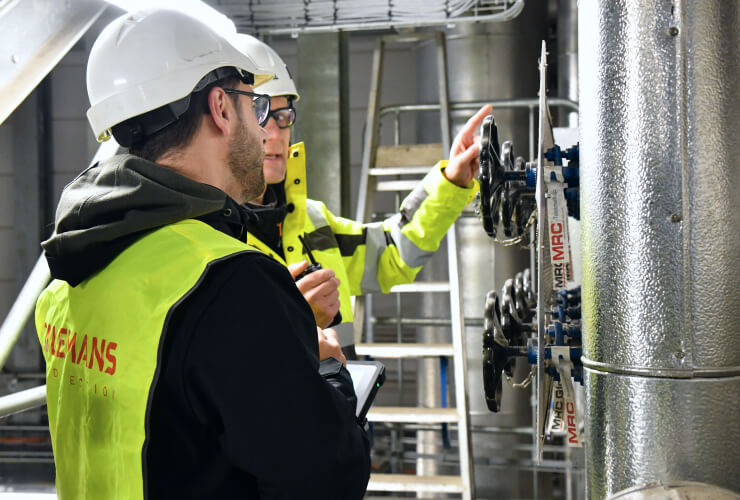
Our strengths :
✔️ Solutions compliant with European standards (EN 50270, CE, RoHS)
✔️ Recognized technical expertise in food refrigeration
✔️ Full support : study, installation, calibration, maintenance
✔️ Robust and reliable products (IP65, long sensor lifespan)
FAQ - Freon Gas Detection
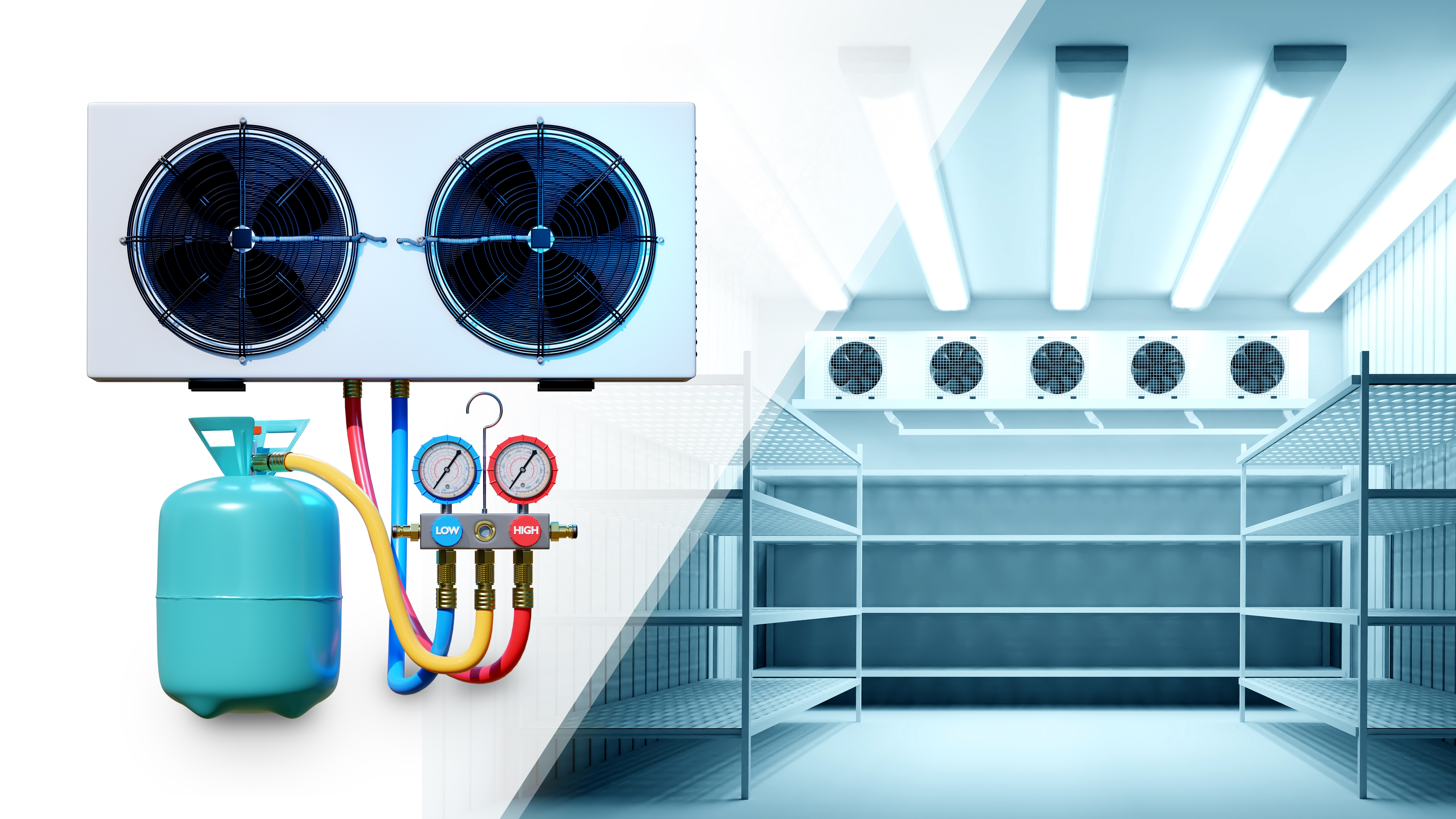
A freon leak has a dual impact : ecological (high greenhouse potential, up to 3,000 times that of CO₂) and economic (costs for gas refilling, increased maintenance, loss of energy efficiency). It also exposes operators to legal penalties in case of non-compliance.
By 2050, HFCs will be completely phased out in the European Union (F-Gas Regulation 2024/573). They will be replaced by alternatives such as CO₂ (R744), ammonia (NH₃), and propane (R290). Each has its advantages and limitations, but all require reliable and continuous detection for safety.
A Dalemans detector continuously analyzes the surrounding air using electrochemical sensors, semiconductors, or infrared. In case of an abnormal gas concentration, it immediately issues a warning and sends the signal to a control unit (e.g., U•C2), which activates safety systems (ventilation, alarms, emergency shutdown).
Conclusion : take action today with Dalemans
Freon leak detection is not only a legal obligation but also a strategic investment to protect :
- The environment, by reducing polluting emissions
- Your budget, by avoiding costly gas losses
- Your reputation, by demonstrating your sustainable commitment

